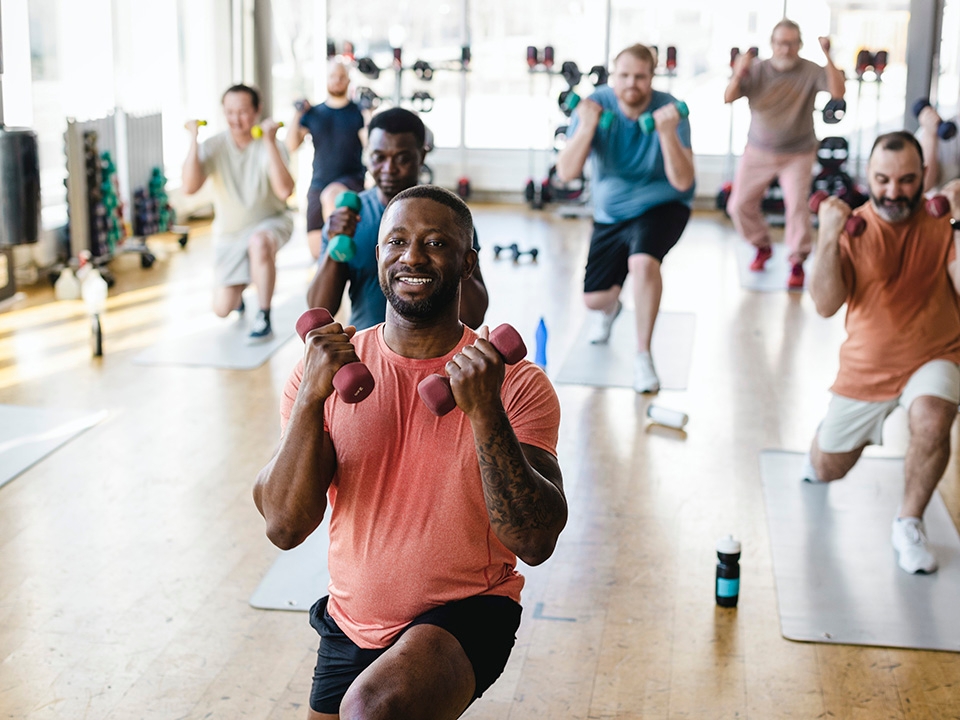Recover with confidence through our personalized rehabilitation programs.

Early treatment, better results
Nearly 80 percent of Americans experience back pain at some point, so if you’re suffering from back or neck problems, you’re not alone. And because the spine is so complex, early treatment is essential for better mobility, less pain, and long-term health.
Corewell Health’s nationally recognized team—neurosurgeons, orthopedic spine specialists, and rehabilitation experts—will diagnose the cause of your discomfort and develop a personalized plan that provides relief. From advanced imaging and minimally invasive surgery to robotic spine surgery and rehabilitation, we will ensure you get expert treatment and follow-up care.
We also offer comprehensive post-surgical support, aquatic therapy, and pain management programs to enhance your quality of life moving forward.
Conditions we treat
Our team of back, neck, and spine specialists provide routine pain-relief treatments and orthopedic care, including:

Chronic pain and nerve issues
Chronic back pain can range from mild to severe and impact your daily mobility. If you’re experiencing radiating nerve pain from a compressed or irritated nerve or neuropathy that impairs your movement and sensations, you’ll want to speak with one of our experts about the best way to treat your pain.
Degenerative disorders
Degenerative disorders include conditions like degenerative-disc disease, herniated discs, and spinal stenosis. Degenerative disc disease happens when the discs in your spine wear down over time. When the soft center of a spinal disc pushes outward, you experience a herniated disc. Spinal stenosis occurs when the space around your spinal cord becomes too narrow and causes neck or lower-back pain.
Spinal conditions
Spinal conditions can happen for different reasons. Infections in your spine can cause pain and swelling, making it hard to move. Spinal deformities mean the spine is not shaped correctly, which can lead to posture problems. Trauma-related injuries from a car accident or a fall can damage your spine and require physical therapy or a surgical procedure to alleviate pain. Vertebral compression-fractures happen when the bones in your spine break and collapse, often due to osteoporosis. Another condition is spondylolisthesis, where one of the bones in your spine, called a vertebra, slips forward.
Structural abnormalities
Structural abnormalities can cause problems with how your back works and feels. Scoliosis means your spine curves sideways. Spina bifida is a birth defect where the spine and spinal cord don’t form properly. Vertebral compression fractures happen when the bones in the spine break or collapse, often due to osteoporosis, causing pain and a hunched posture.
Services and treatments
Related services
Recover with confidence through our personalized rehabilitation programs.
From evaluation and treatment to rehabilitation, our experts are giving patients ways to manage stroke, epilepsy, movement disorders, and more.
Learn about the commitment and innovation we provide for all surgeries, for orthopedics and beyond.
Recover with confidence through our personalized rehabilitation programs.
From evaluation and treatment to rehabilitation, our experts are giving patients ways to manage stroke, epilepsy, movement disorders, and more.
Learn about the commitment and innovation we provide for all surgeries, for orthopedics and beyond.
Need deeper understanding?
Speak with a specialist to learn more or get a second opinion to confirm a diagnosis or to validate treatment.

